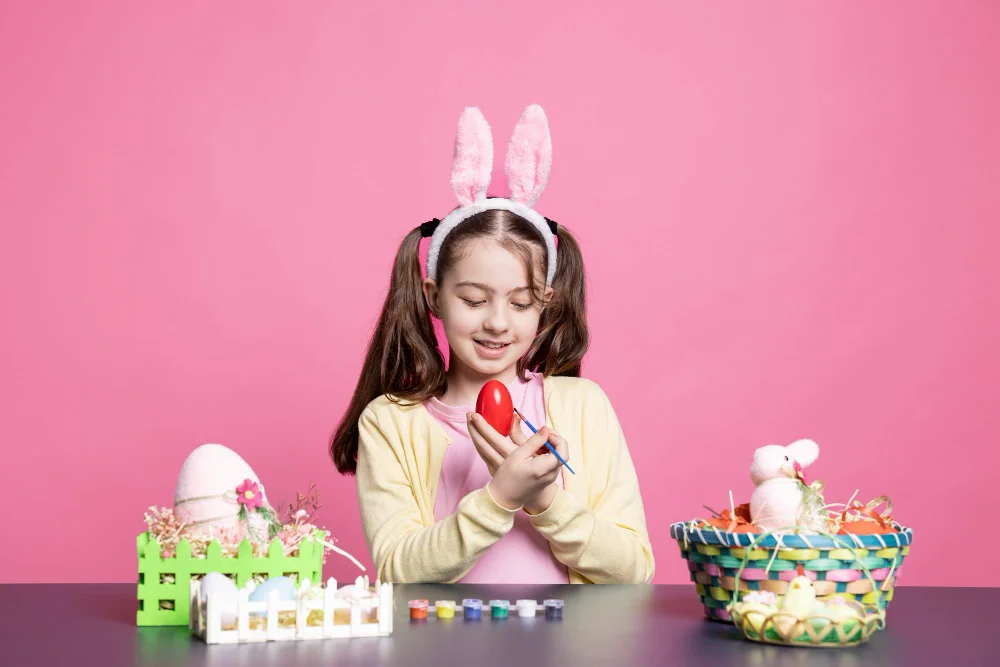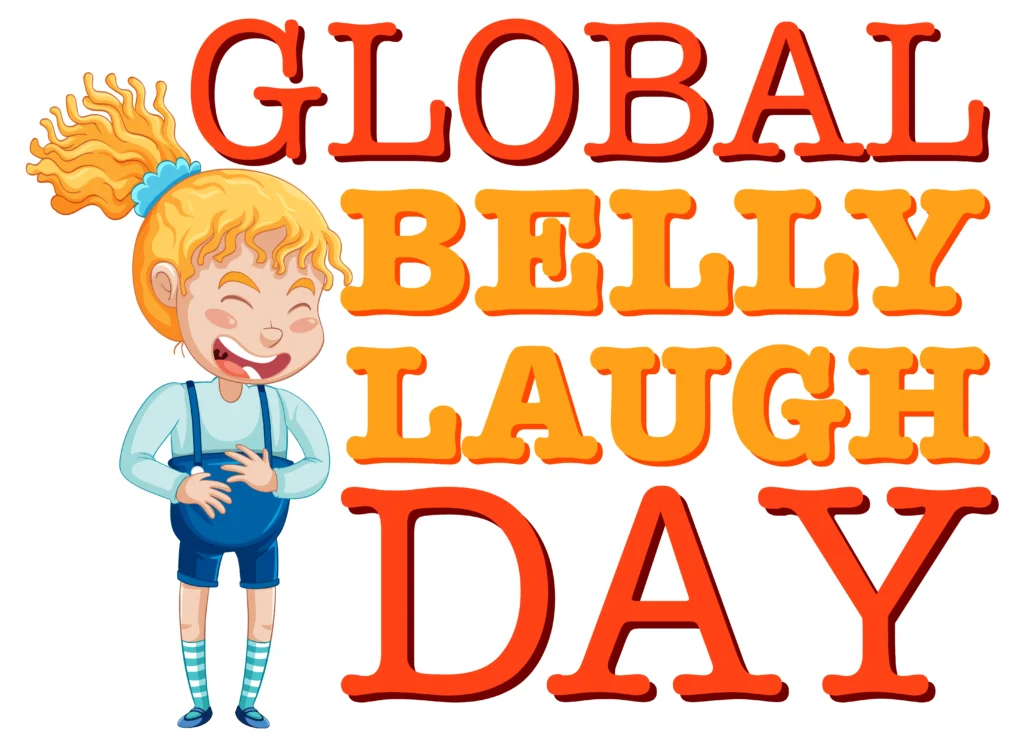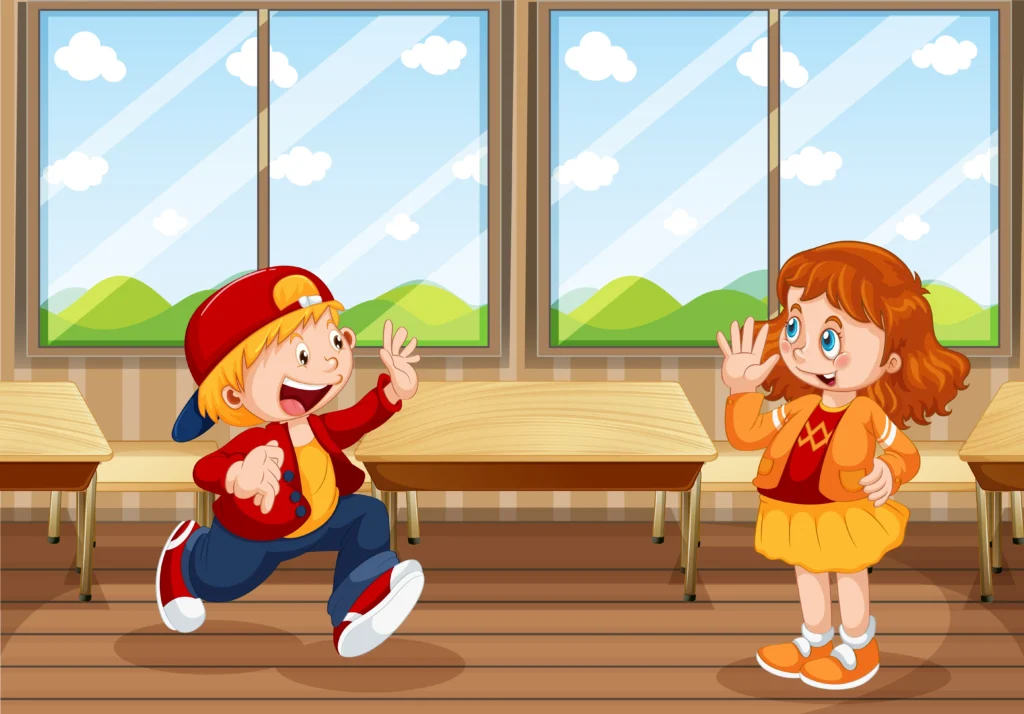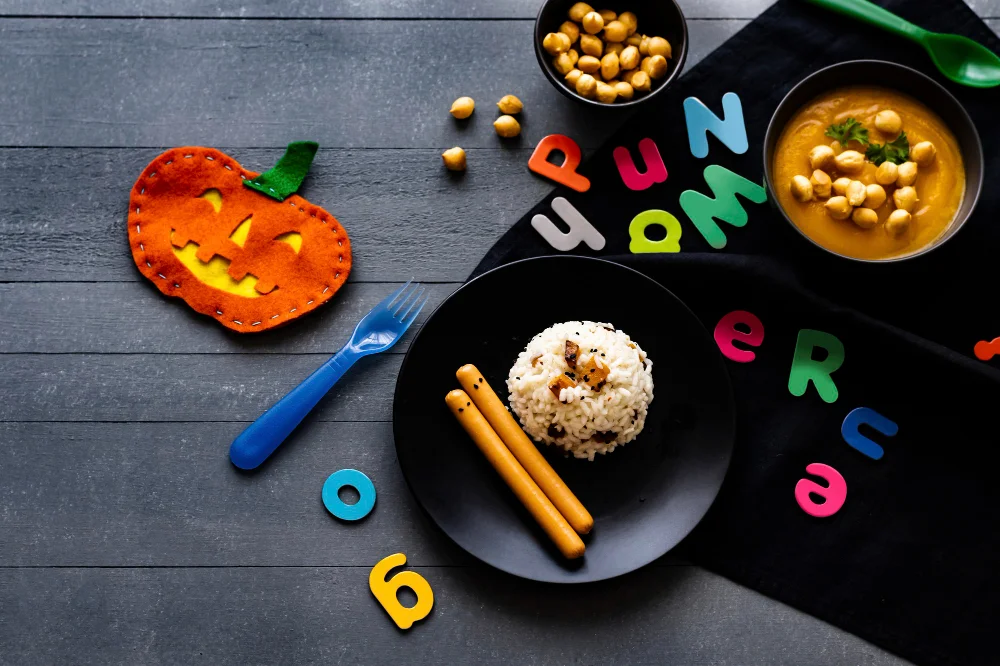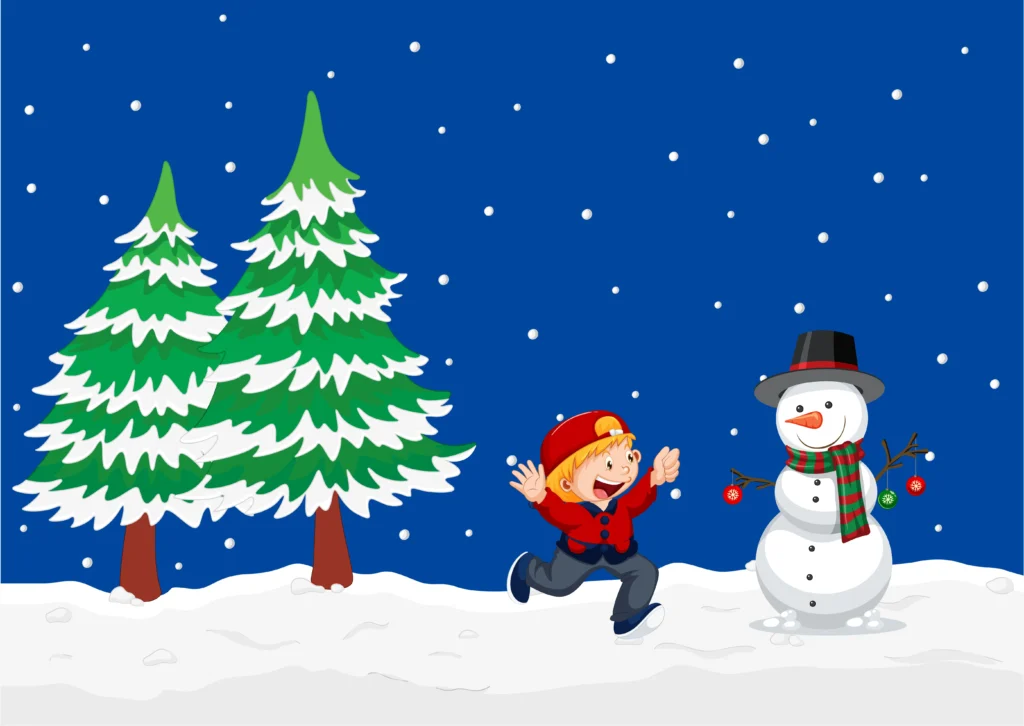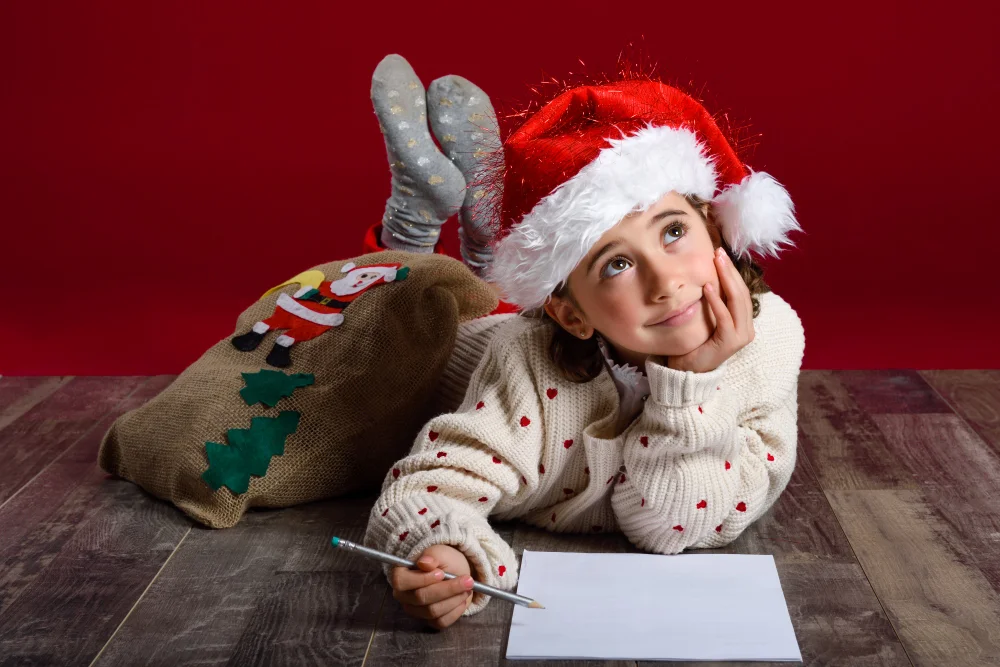Easter egg hunts are a cherished tradition in many households, bringing family members together in a lively, joyful activity. One way to make these hunts more exciting is by incorporating Easter egg hunt riddles.
These riddles not only add an element of surprise but also stimulate problem-solving skills, encourage observation, and make the activity more engaging for participants of all ages. Whether you are hosting a small backyard hunt or a community event, riddles can turn a simple search into an adventure.
In this article, we will explore creative riddles, age-appropriate clues, themed ideas, and practical tips for crafting your own Easter egg hunt riddles. We will also provide multiple examples and explain how to make your hunt enjoyable for everyone.
Creative Easter Egg Hunt Riddles
Creative riddles transform an ordinary Easter egg hunt into a memorable experience. Instead of simply hiding eggs, you can challenge participants to solve clues that guide them to each location. For example, classic mind-bending puzzles like “There’s a Woman in a Boat” riddle not only make the hunt more engaging but also stimulate critical thinking. Creative riddles engage the mind and make the hunt more interactive.
Some examples of creative riddles include:
- Fridge Riddle:
“I keep your food cold, from milk to meat. Find your next clue where cold treats meet.” - Bookshelf Riddle:
“Among pages filled with stories and tales, your clue is hidden where wisdom prevails.” - Washing Line Riddle:
“Clothes hang and flutter in the air. Your next clue is hiding somewhere there.” - Mailbox Riddle:
“Letters and parcels come my way. Find your next clue where I stay.”
These riddles encourage participants to think critically, search attentively, and explore different parts of the house or yard. They also provide a fun storytelling element, adding excitement beyond simply collecting eggs.
Age-Appropriate Easter Egg Hunt Riddles
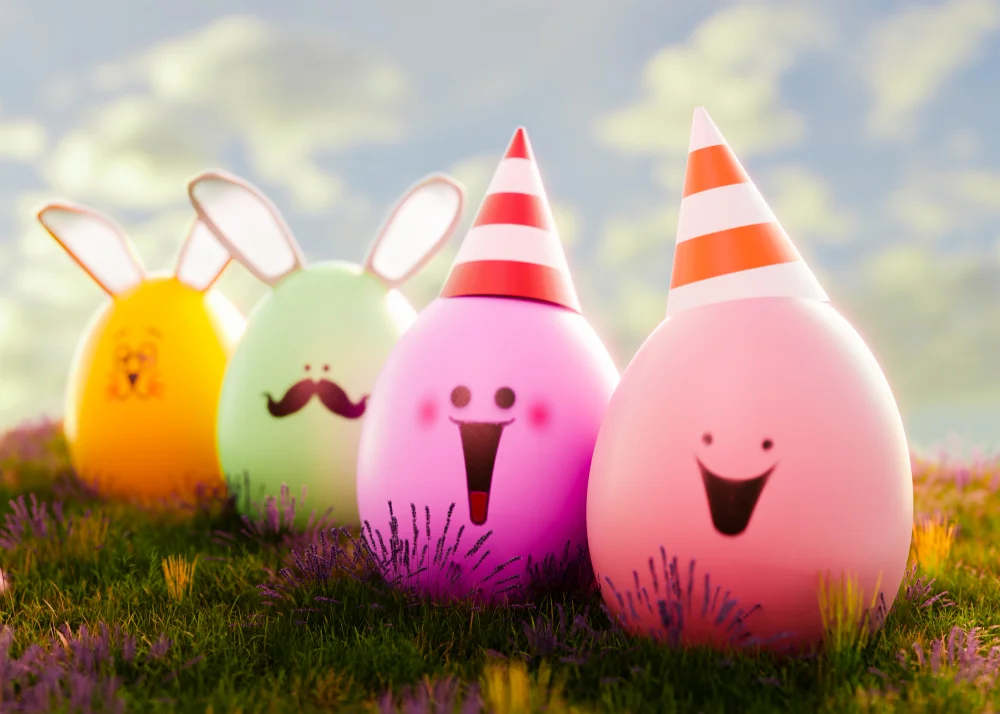
Tailoring riddles to the age of participants ensures that everyone enjoys the hunt and feels challenged without being frustrated. For toddlers and preschoolers, simple rhymes and visual clues work best. These young children respond well to familiar objects, bright colors, and straightforward directions, making it easier for them to participate and feel accomplished.
For example, a clue like, “I’m soft and cozy, you rest your head, find your next egg where you sleep in bed,” gives them a clear location while keeping the language playful and fun. Simple wordplay and repetition also help toddlers remember the clues and maintain engagement throughout the hunt.
For older children and teens, riddles can be more complex, incorporating wordplay, logic puzzles, or thematic elements tied to their interests. For instance, a clue like, “I have keys but no locks. I can make music but have no voice. Find your next clue near me,” encourages participants to think abstractly and explore their environment carefully.
Thematic Easter Egg Hunt Riddles
Incorporating a theme into your Easter egg hunt makes the event more festive and immersive, encouraging participants to engage with the clues creatively. Thematic riddles can be based on traditional Easter symbols like bunnies, eggs, and spring flowers, or they can reflect a storyline, such as a treasure hunt or a character-based adventure.
These riddles not only make the hunt more visually and mentally stimulating but also create a memorable experience that participants will talk about long after the event ends. By aligning your riddles with a theme, you can add layers of excitement and encourage participants to think imaginatively while searching for eggs.
Examples of Thematic Easter Egg Hunt Riddles
-
Easter Bunny Riddle:
“I hop around with baskets full. Find your clue where eggs are dull.” -
Spring Flowers Riddle:
“Petals bloom with colors bright. Your next clue hides where sunlight is right.” -
Chocolate Egg Riddle:
“Wrapped in foil, sweet and neat. Find your clue where chocolates meet.” -
Garden Riddle:
“I grow from the soil, green and tall. Find your clue near the garden wall.”
Tips for Crafting Your Own Riddles
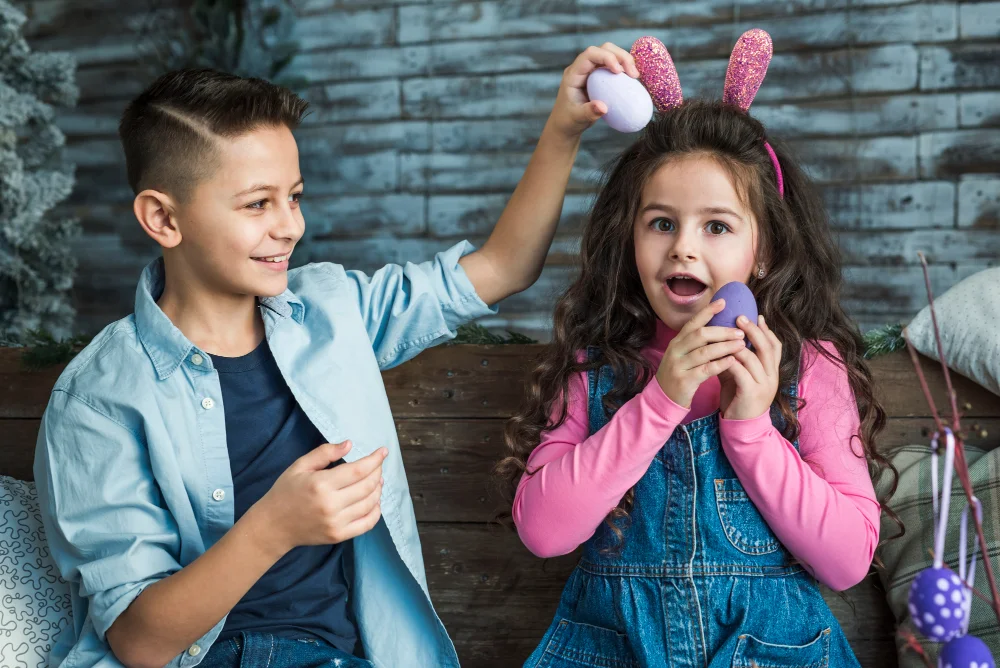
Creating your own Easter egg hunt riddles allows you to personalize the experience and make it both challenging and fun for participants. When designing clues, it is important to consider the ages, interests, and familiarity of the players with the environment, as this ensures the riddles are engaging but not frustrating.
Using familiar locations around the house or yard, such as the living room, kitchen, or garden, helps participants quickly relate to the clues. Incorporating wordplay, rhymes, and simple puns makes the riddles more entertaining and easier to remember, while balancing difficulty ensures the hunt remains fun and rewarding.
Finally, testing each riddle beforehand guarantees that all clues are solvable, preventing confusion during the hunt and allowing everyone to enjoy the experience.
Know Your Audience
Understanding your audience is the first step in crafting effective Easter egg hunt riddles. Consider the ages, interests, and familiarity of the participants with the environment. Younger children benefit from simple, visual, and rhyming clues, while older kids and teens enjoy puzzles that require logic or wordplay.
Use Familiar Locations
Base your riddles on locations that participants know well, such as common areas in your home or backyard. Familiar spots help players quickly relate to the clues and reduce confusion. Using recognizable locations also allows you to incorporate creative and thematic hints, which makes the hunt more immersive while keeping it manageable for participants of all ages.
Incorporate Wordplay and Rhymes
Adding puns, rhymes, or clever wordplay makes your riddles more entertaining and easier to remember. Rhyming clues often engage participants and create a playful atmosphere, while wordplay challenges their thinking and encourages problem-solving.
Balance Challenge and Fun
Riddles should be challenging enough to engage participants, but not so difficult that they become frustrating. Striking a balance between challenge and fun ensures that the hunt remains enjoyable for everyone. By adjusting difficulty according to age and experience, you can keep participants motivated, encourage problem-solving, and maintain a lively pace throughout the hunt.
Test Your Riddles
Before the event, always test your riddles to ensure they are clear and solvable. Testing helps identify confusing wording, overly tricky clues, or locations that might be too hard to find. You can also practice with fun and challenging riddles to sharpen your skills and see which types of clues work best. By refining your riddles in advance, you create a smooth and enjoyable experience, ensuring that every participant can successfully follow the trail and enjoy the hunt.
Additional Easter Egg Hunt Riddle Ideas
To make your Easter egg hunt even more exciting, consider adding a variety of riddles that guide participants to unexpected or creative locations. Using less obvious hiding spots challenges players to think critically, explore their surroundings carefully, and stay engaged throughout the hunt.
You can combine riddles for both indoor and outdoor spaces, or mix playful and slightly challenging clues to keep participants of all ages entertained. Including imaginative hints encourages observation, problem-solving, and adds an element of surprise, making the hunt more memorable.
Sample Riddles for Your Hunt
-
Couch Riddle:
“I cushion your rest with pillows and throws. Look beneath me where comfort grows.” -
Kitchen Sink Riddle:
“Water flows where dishes are washed. Find your next clue where hands get splashed.” -
Backyard Tree Riddle:
“Roots deep in the earth, branches reach high. Your next clue hides where birds fly.” -
Closet Riddle:
“I hold your clothes from floor to shelf. Find your next egg where I keep myself.” -
Pet’s Bed Riddle:
“I sleep and snuggle with your furry friend. Your next clue is near where dreams blend.”
Using Easter Egg Hunt Riddles for Group Events
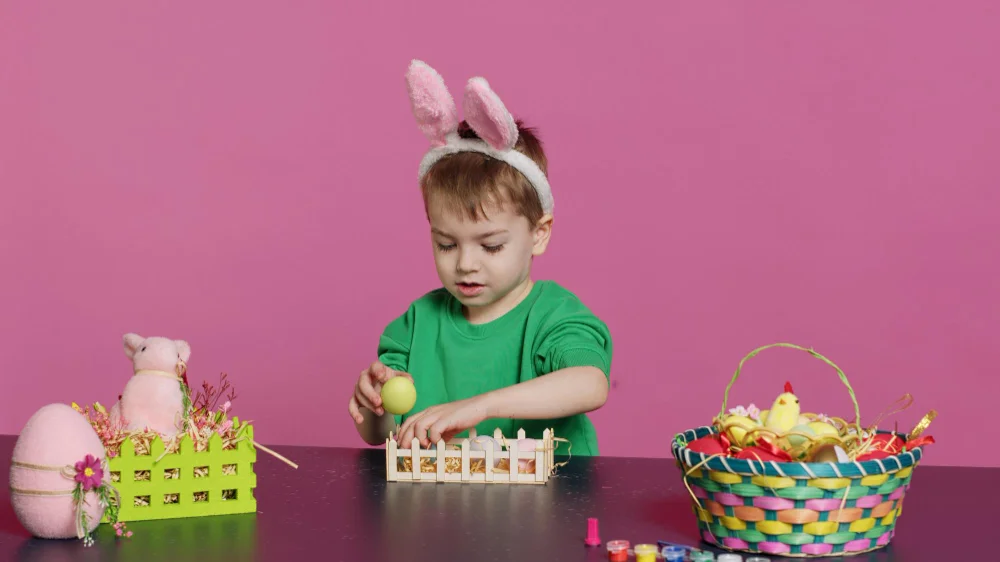
Organizing an Easter egg hunt for larger groups or community events can be a fun challenge, and riddles provide an excellent way to keep everyone engaged.
By designing clues for teams or small groups, you encourage collaboration, problem-solving, and friendly competition. You can create timed challenges, assign different sets of riddles to each group, or develop a storyline that guides participants from one clue to the next.
Key Strategies for Group Events
-
Team Clues: Assign different clues to each team to promote collaboration.
-
Timed Challenges: Add a time limit for each clue to create excitement.
-
Storyline Hunts: Use a narrative, such as “rescuing the Easter Bunny’s eggs,” to guide participants.
-
Varied Difficulty: Mix simple and challenging riddles to accommodate all age groups.
-
Organized Layout: Plan clue placement carefully to avoid crowding and confusion.
Final Thoughts
Easter egg hunt riddles can transform a simple egg hunt into an interactive, educational, and memorable experience. By combining creativity, age-appropriate challenges, thematic elements, and personalized clues, you can create an engaging adventure for children and adults alike.
Tailoring riddles to participants’ abilities and interests ensures everyone enjoys the hunt, and testing clues beforehand guarantees a smooth and fun experience.
Whether you choose to use the example riddles provided or craft your own, the key is to make the hunt stimulating, entertaining, and festive. With thoughtful planning, your Easter egg hunt will not only delight participants but also create lasting memories and traditions for years to come.
